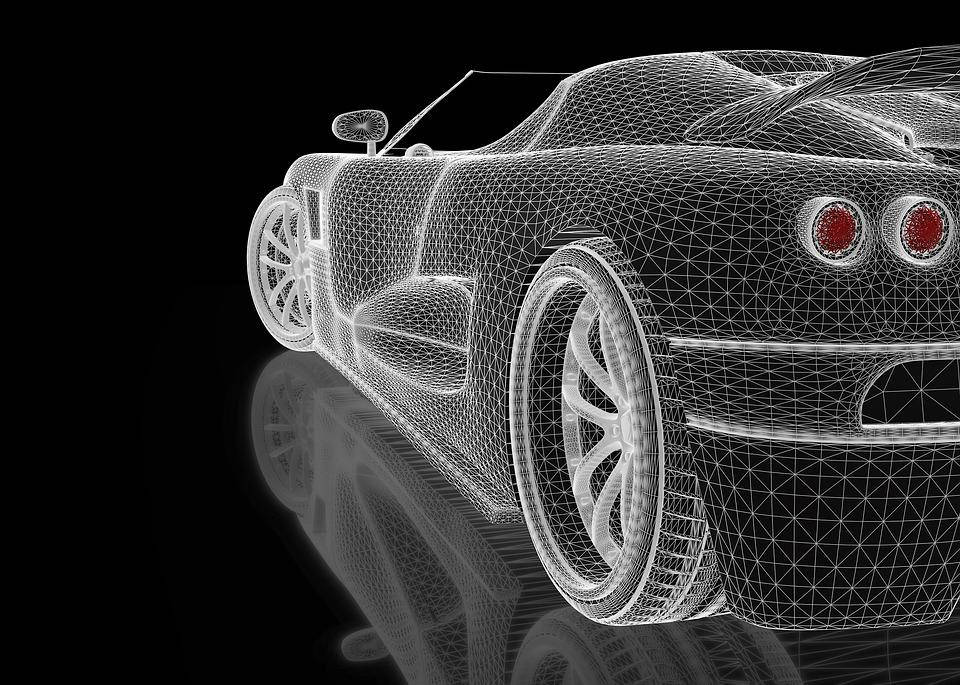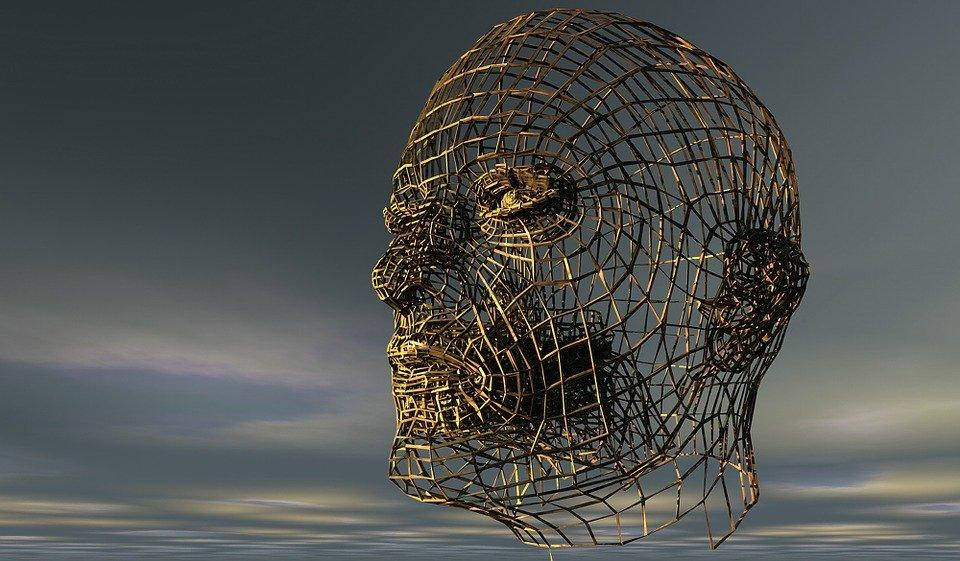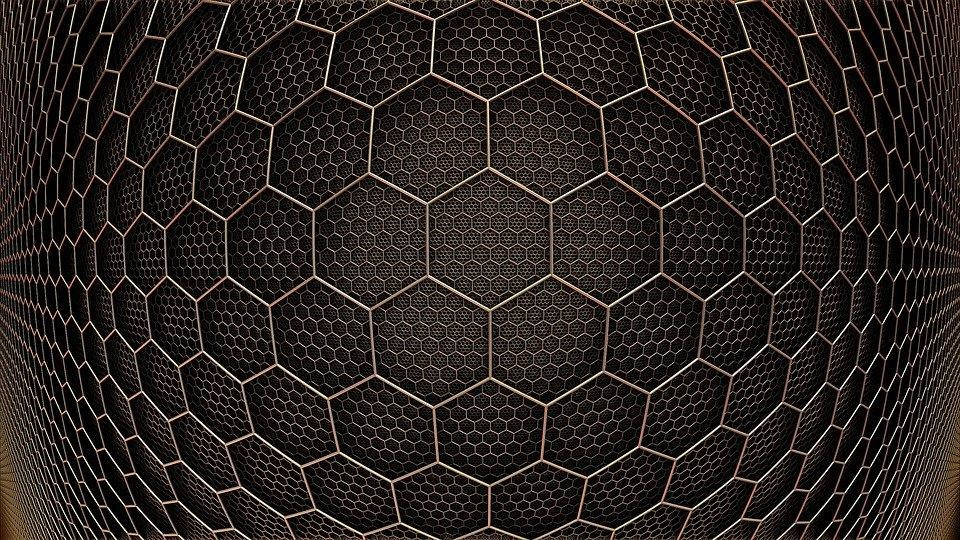
Additive manufacturing, more commonly known as 3D printing, is the method of manufacturing by which layers of material are added on top of each other to produce a product. Other methods of manufacturing generally involve removing material through milling, carving, machining, or other means.
Objects made by additive manufacturing can both be scanned and then replicated, or a programmed CAD (Computer Aided Drafting) file can be uploaded to the 3D printer that will define each layer to form a shape. A laser or electron beam then melts the material that is fed through a nozzle or print head onto a print bed, forming a layer. Each layer is bonded to the layer below it once the material cools down.
Many metals and plastics are able to be 3D printed, with the equipment and tools changing slightly depending on the material, but the overall process remaining the same. To see it in action, check out this video.
When is Additive Manufacturing Best Used?
Additive manufacturing is great for making prototypes. There isn’t a need for expensive tooling and mold costs. Parts can be run quickly with a 3D printer.
There are some limitations to prototyping with 3D printers. Textiles, at this point, can’t be made with additive manufacturing. Stock parts are often much cheaper to purchase than have 3D printed. This is because the cost to program a stock part and the time to run it would end up being more expensive than to purchase it.
It is possible to 3D print larger parts, but the cost is extremely expensive with the current 3D equipment available that it is often cheaper to have parts made through other means, because the cost of larger 3D printers is astronomical. For more information on the limitations of additive prototyping, check out this post.

Additive Manufacturing for Large-Scale Production
At this point, additive manufacturing falls short when it comes to large-scale production in more than a couple of ways. The technology isn’t quite there for metal parts with tight tolerances or dimensions to be made using a 3D printer. The run-time on a CNC machined part is often quicker than that of a 3D printed part. The finish of a 3D printed part is rough compared to a properly machined part. 3D printed parts also suffer from not being as durable as machined parts. This is due to how 3D printed parts form layers. The interior of each layer is laid out in a lattice pattern. Obviously, a part made from solid material will be stronger than a part held by a lattice.

There will probably come a point in the future where 3D printers will be developed to the point where those shortfalls will disappear, but for now, 3D printers as a whole are best used for prototyping or one-off parts where the finish or durability are not critical.
The development of the printers is exciting though. There are some large 3D printers they are developing that can make car chassis, as you can see in this video.
Additive manufacturing is a rapidly developing technology. You can find consumer 3D printers for around $500.00. It’s not crazy to think that in a few decades they will become like microwaves where everyone will have one.
If you are looking to have a prototype made, contact us! We can provide quotes with additive manufacturing or other methods of prototyping, depending on your product.
